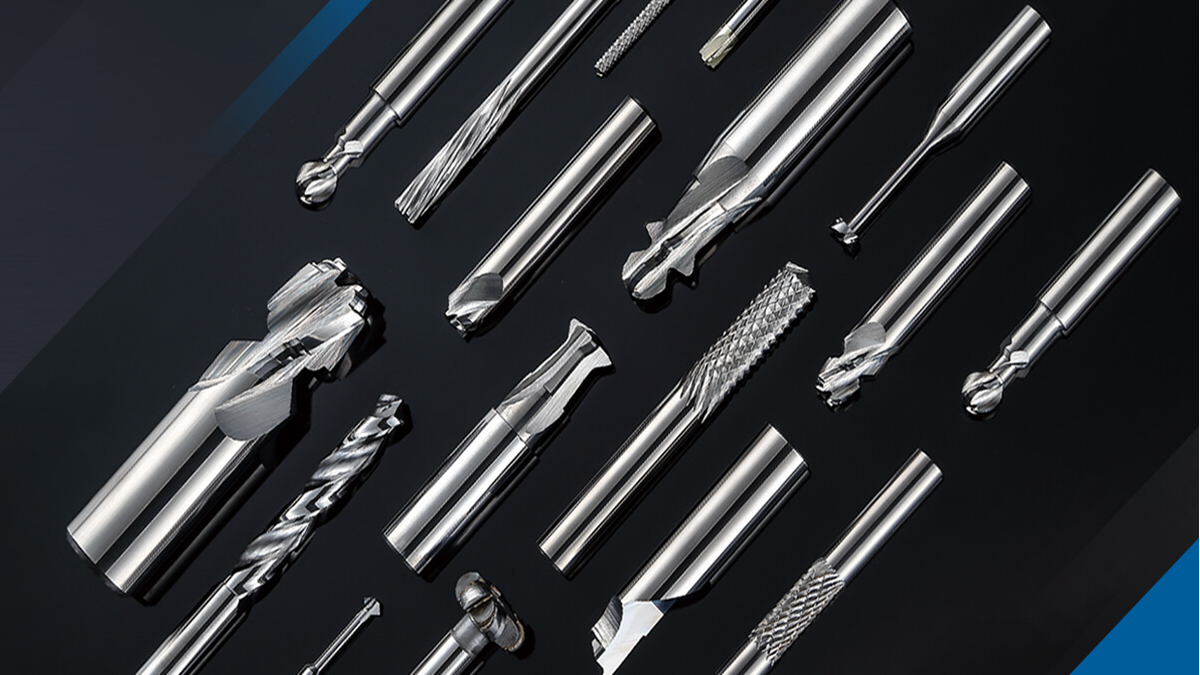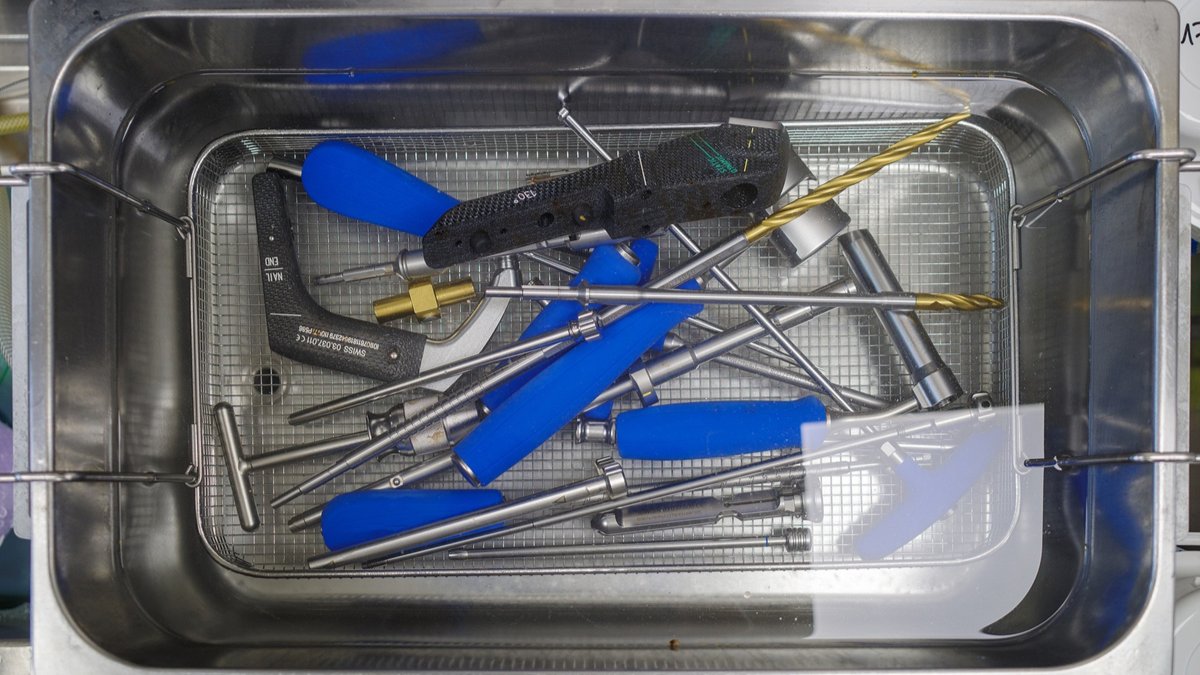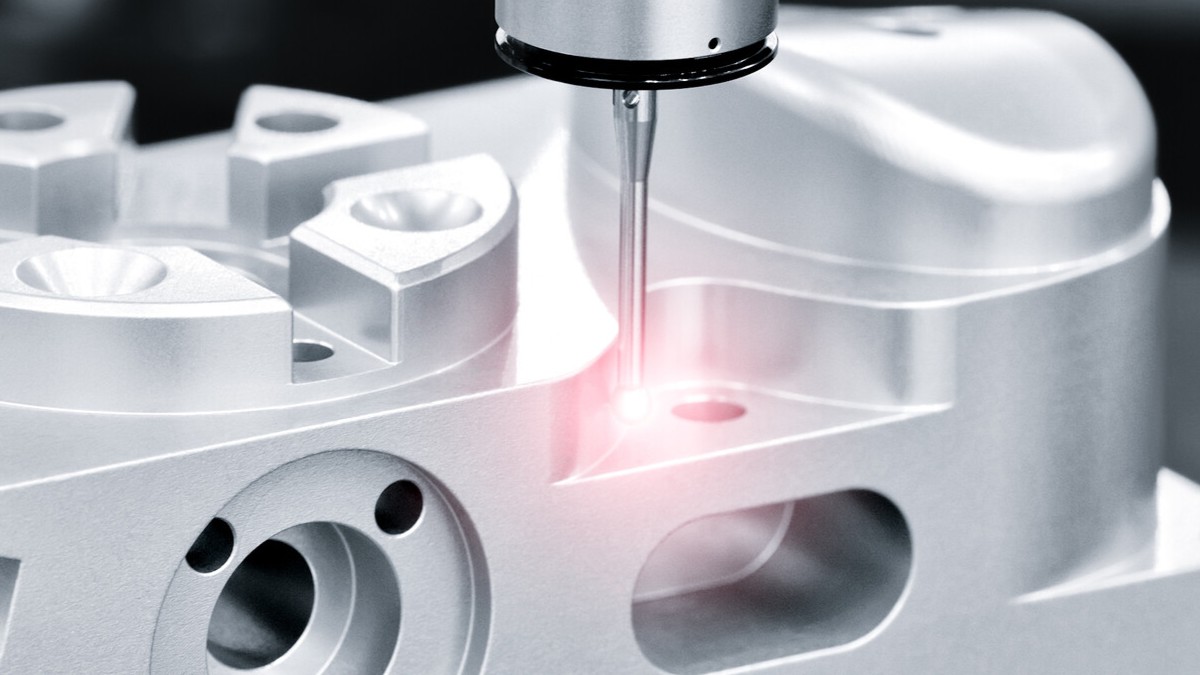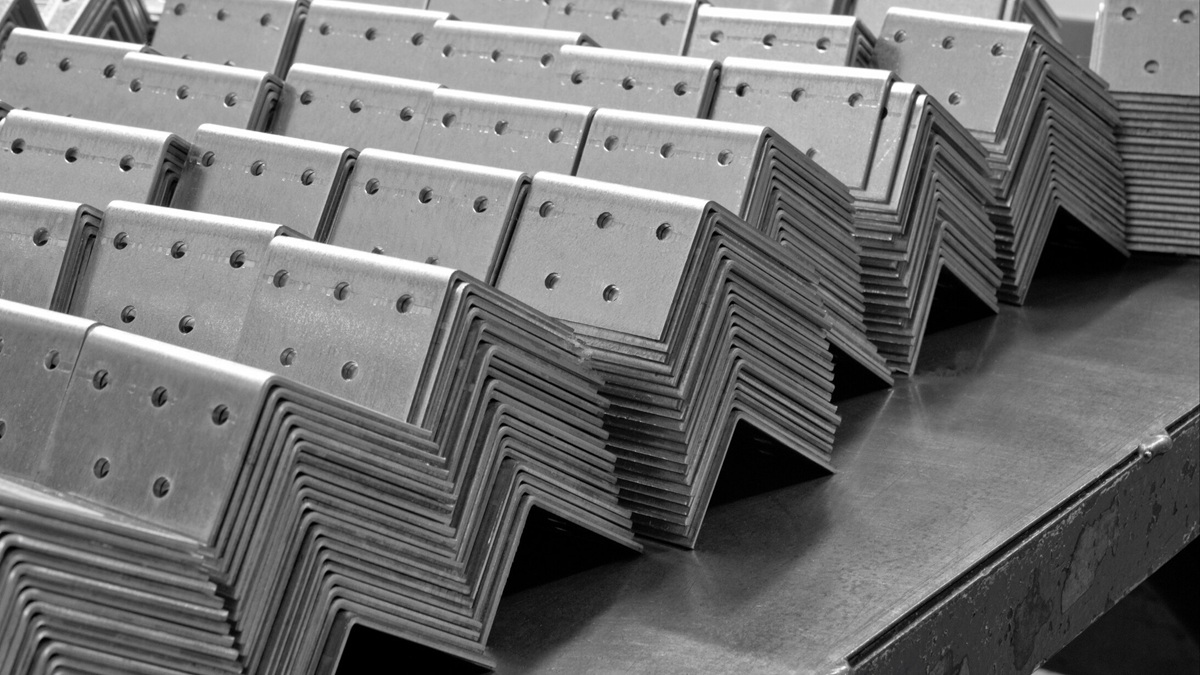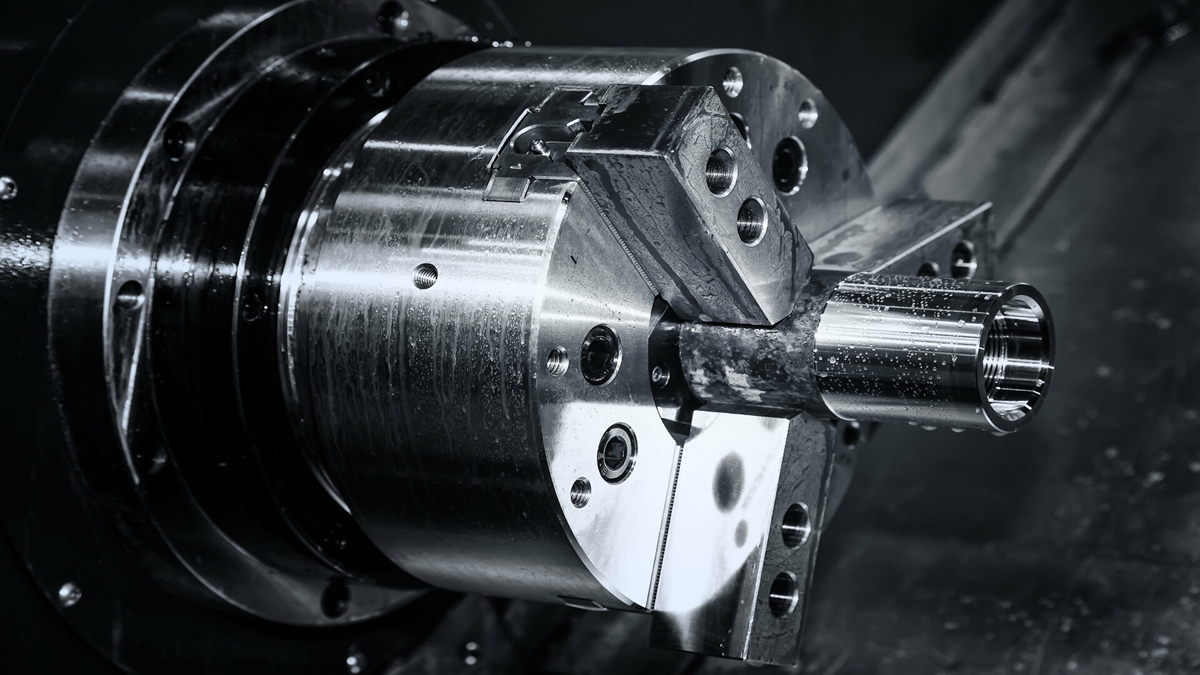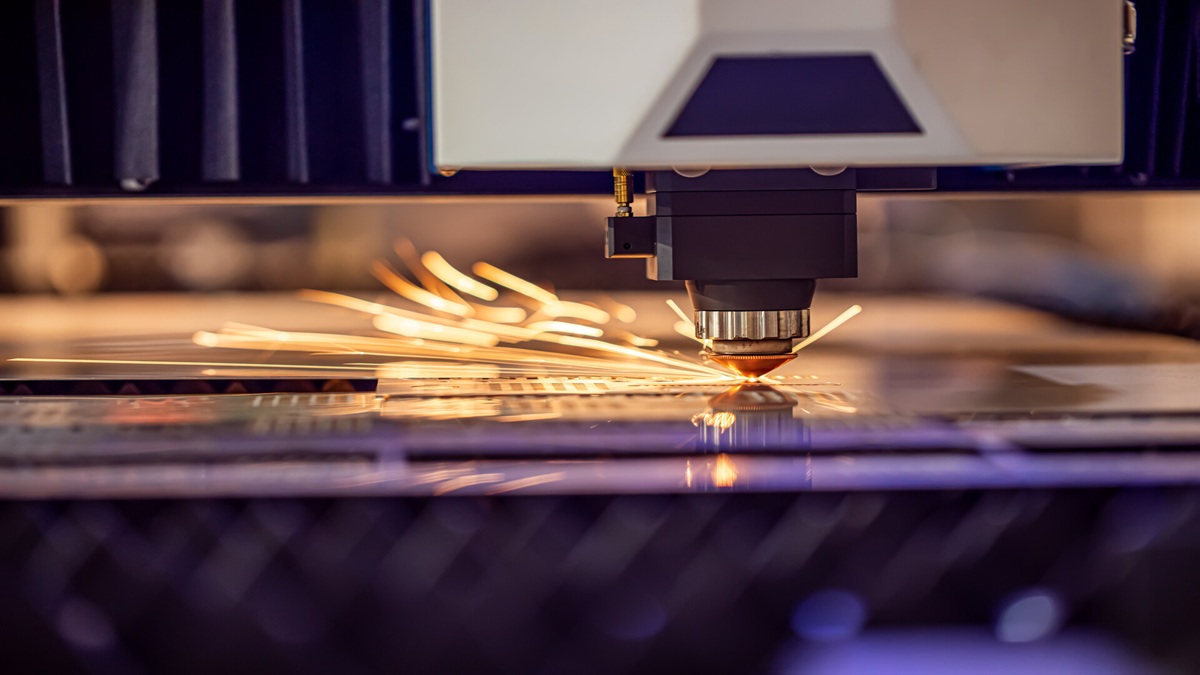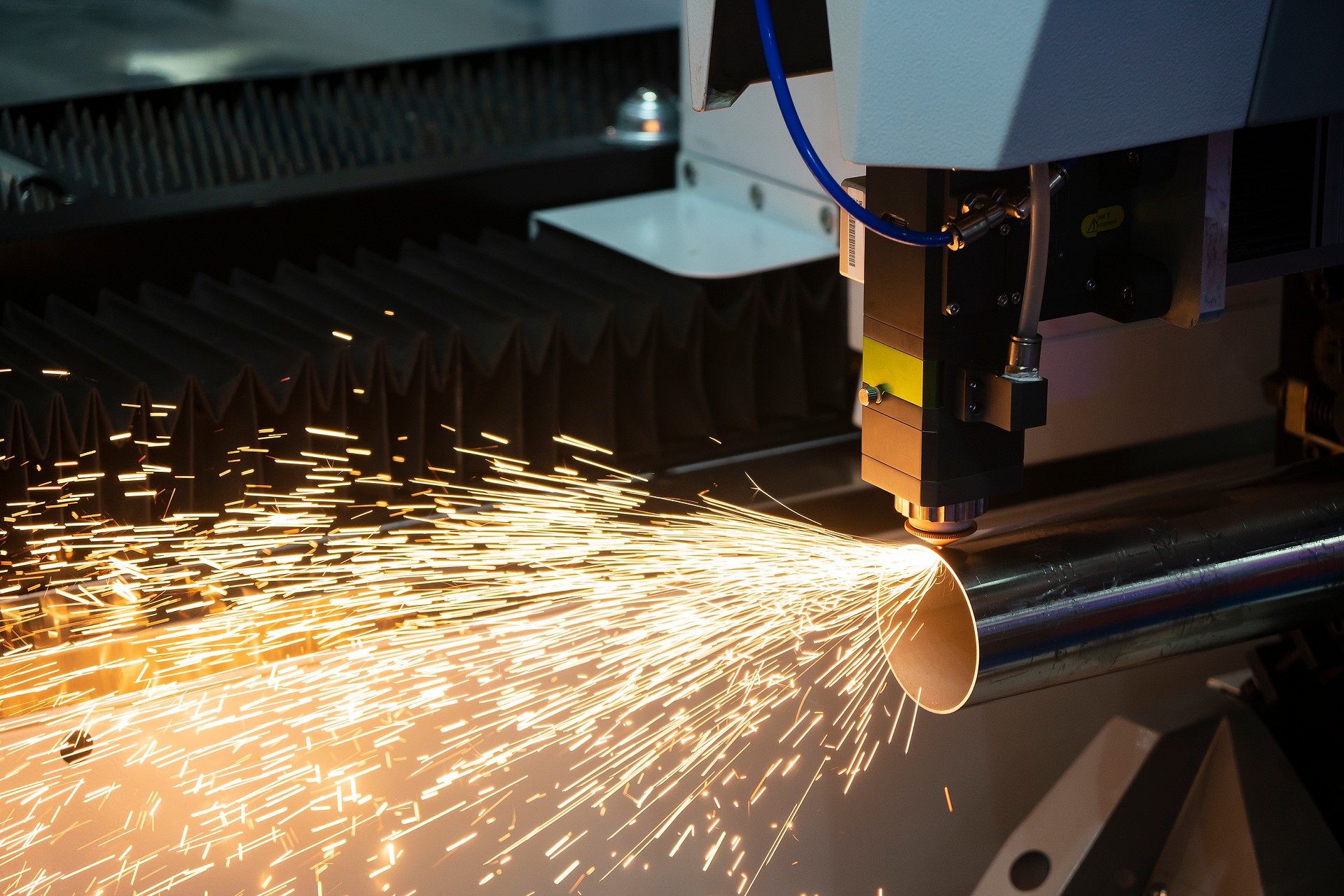Application of CAE Mold Flow Analysis Technology
What Is CAE Moldflow Analysis Technology?
CAE (Computer-Aided Engineer) mold flow analysis technology is becoming more and more sophisticated. It is enhancing the competitiveness of the industry and reducing the cost and time wasted on on-site actual trial and error, enabling the industry to move towards faster and more thorough production processes. The user can quickly learn to operate the CAE mold flow analysis software, becoming familiar with the command operations, and CAE mold flow analysis design. Using simulation testing before opening the mold, will give twice the results with half the effort.
CAE mold flow analysis technology can be applied to product design and manufacturing issues. Before the mold is officially opened, product design is reviewed to make design improvements and ensure that the product meets the quality standard requirements. The efficiency of R&D, manufacturing, production, and inspection are improved and costs reduced.
The Operation Steps of CAE Mold Flow Analysis:
The operation of mold flow CAE can be divided into three aspects: model establishment, physical data, and molding conditions. The steps of CAE mold flow analysis include generating meshes, importing mesh models, selecting materials and processing conditions of injection machines, and simulating injection molding.
- Build FEM product models in CAD software such as Rhino, AutoCAD, Pro/Engineer, Ideas, Euclid, etc.
- Import the finite element mesh into Moldex3D.
- Select plastic materials and set processing conditions. Moldex3D is based on the physical properties of plastic materials and polymer processing conditions to generate simulated mold flow conditions to get accurate analysis results.
Mold flow analysis CAE software is used to build a model that can be converted into Finite Element Analysis Mesh data. Importing an image file is the first step of the operation. Software creates model data that connects all the surfaces to generate a Mesh. If the surface data is incomplete, the surface is repaired. After the grid is generated, the areas with holes are repaired. Adjacent grids of the finite element grid must be correctly connected so that the physical information on the nodes can be correctly transmitted. The finished Mesh model data is saved as a Moldex3D file data.
Physical analysis is based on the physical properties of materials. Different plastic materials have different molding properties. The program maintains a plastic database for reference. Molding conditions, product geometry, gate position settings, and injection machine settings are to be considered when setting feed screw injection pressure, material temperature settings, and pressure holding time.
The Factors affecting CAE Mold Flow Analysis:
- Project: Through an easy-to-learn and easy-to-use human-machine interface, users can easily select plastic materials and processing conditions, quickly select plastic materials, and set processing conditions, quickly view analysis results, manage design changes, and generate graphic CAE HTML reports.
- Flow: The flow analysis module can predict important information such as seam line, encapsulation position, injection pressure, clamping force, machine tonnage, runner system, etc. It also provides animation results to check the flow of plastic.
- Pack: The saturated pressure analysis module can predict information such as volume shrinkage, temperature distribution, etc., to help avoid molding problems such as excessive saturated pressure and uneven volume shrinkage.
- Cool: The cooling analysis module can predict the cooling time, mold surface temperature difference, heat flux distribution, and other information; it has the fastest analysis speed, and can quickly and accurately analyze the installation of the molded waterway and suggest modifications.
- Warp: The warpage analysis module helps predict the appearance of warpage that may occur after the product is removed from the mold, and helps users find the cause of warpage to prevent warpage from occurring.
- Fiber: The fiber orientation module can predict the orientation and distribution of fibers during the filling and pressure holding process, and provide a warping module for warping deformation analysis of fiber-containing and anisotropic plastic materials.
- GasIn: The gas injection module simulates the dynamic situation of the gas and plastic injected by gas-assisted injection. It provides important information such as gas permeability, skin thickness, plastic flow wavefront, etc., and can predict cooling and warpage deformation.
- RIM: The Reactive Injection Molding module can calculate the hardening rate of thermosetting plastics, calculate the sealant filling and in-mold hardening analysis, and provide important information such as seam and encapsulation positions, conversion rate distribution, velocity vector distribution, and transfer pressure.
- Mesh: The mesh module is a set of mesh generation software installed on Rhino. Its powerful mesh function will make the construction of complex solid meshes into a simple task. It is an important software application for computational fluid analysis, thermal analysis, or stress analysis.
CAE Moldflow Analysis Simulation:
- Material property analysis:
- Viscosity: A measure of fluid flow resistance. The higher the viscosity, the greater the resistance to flow and the more difficult the flow. For general thermoplastics, viscosity is a function of plastic composition, temperature, pressure, and shear rate. In terms of temperature effects, the viscosity of thermoplastics generally decreases with increasing temperature. As far as the effect of the shear rate is concerned, the higher the shear rate, the greater the processing deformation rate. Due to the arrangement of the polymer chains, most plastics have a viscosity that increases with the shear rate. And decreasing shear thinning (shear-thinning).
- P-V-T (pressure, volume, and temperature) Relationship: The specific volume or density of plastics is a function of phase state, temperature, pressure, etc. It can be quantified using the P-V-T equation; once the model parameters are obtained experimentally, they are substituted into this equation. The specific volume or density value of the plastic at a certain temperature and pressure can be obtained.
- Heat Capacity: The heat required to increase the unit plastic temperature by one degree is a measure of whether the plastic temperature is easy to change; the higher the specific heat, the less likely the plastic temperature to change, and vice versa.
- Thermal Conduction: A measure of thermal conduction characteristics, the higher the thermal conduction coefficient, the better the thermal conduction effect. The temperature of plastics tends to be uniform during processing, and there are fewer hot spots caused by local accumulation of heat. Thermal conductivity and specific heat are related to the heat transfer and cooling properties of plastics, and affect the cooling time.
- Processing condition setting:
An important factor affecting the quality of injection molding is the arrangement and set of process conditions. Factors such as plastic materials, injection molding machines, molds, cooling systems, and ambient temperature should be considered together. All these factors are important in determining the quality of finished products. - Runner layout:
In designing an injection mold, the path of plastic flow is an important factor. The arrangement of runners should be based on average filling, and the shortest path should be the best choice. The design of cold wells should be considered to reduce runner waste. - Preliminary filling analysis and flow wavefront plot:
By simulating cavity filling under different conditions, the flow wavefront in each condition can predict the position of the seam line and encapsulation. This information can provide references for making mold design features such as the arrangement of the vent holes. - Weld line formation:
It can be divided into hot-melt lines, which occur during the filling process, and the welding temperature is high; when the welding angle of the hot-melt lines is greater than 120~150 degrees, the traces of the hot-melt lines are less obvious. The cold-welding line occurs at the end of the filling, the welding temperature is low, and the welding line trace is obvious.
Preliminary Simulation Analysis Project:
A preliminary analysis is performed first, including four major parts of the mold flow analysis: filling, packing, cooling, and warping.
- Fill Analysis:
The volume temperature refers to the volume-weighted average material temperature in the thickness direction. This data ignores the temperature weighting from the non-flowing solidified layer, so it can show the effect of thermal convection and viscous heating on temperature; this data can be regarded as the temperature distribution of melt thermal convection. - Packing Analysis:
In the forming and manufacturing process, in addition to preventing the warpage, deformation, and poor cooling of the finished product, the pressure-maintaining process is a priority. The holding pressure is an important factor that will affect the size of the finished product. It will affect whether the finished product will be dented and deformed, so is an important factor in processing. - Cooling Analysis:
The purpose of the cooling analysis is to control the efficiency of the mold cooling system and to observe the residual temperature of the finished product during the injection molding process. The shorter the cooling time, the better. Dimensional shrinkage of the finished product will be less, and the product will be more stable. If the cooling distribution is uneven, the finished product will easily warp and deform. - Warpage Analysis:
The cooling efficiency of the injection molding process affects the quality of the finished product, especially the warpage and deformation. Therefore, the cooling should be uniform.
-
Product structure design stage:
- Material selection suggestions: Provide material suggestions based on the feedback of the analysis results.
- Lightweight design: The product weight reduction design is carried out within the allowable range of product strength and molding.
- Prediction of appearance quality of injection parts: prediction of product surface problems such as weld lines, trapped air, sink marks, etc.
- Structural design verification: such as injection warpage and structural design safety factor evaluations.
-
Mold design stage:
- Perform mold evaluation, runner system, cooling water path and process optimization based on gate location and quantity, identify potential problems in advance, and greatly reduce problems after production.
-
Injection production stage:
- Find the optimized process parameter conditions, reduce the molding cycle, and reduce the scrap rate.
- Feedback on the current situation, identify product problems, and solve the problem according to the symptoms.
CAE mold flow analysis is just a computer tool, and the benefit depends on how the operator uses its functions. Wrong input may have the opposite effect and lead to greater losses. To optimize the function of CAE, some basic concepts about accuracy need to be understood. Simplifications and assumptions may lead to errors. When using computer operations and numerical methods to solve complex operations, there will be some calculation errors. The authenticity of the physical data, including test errors and process stability, need to be continually monitored for human errors.


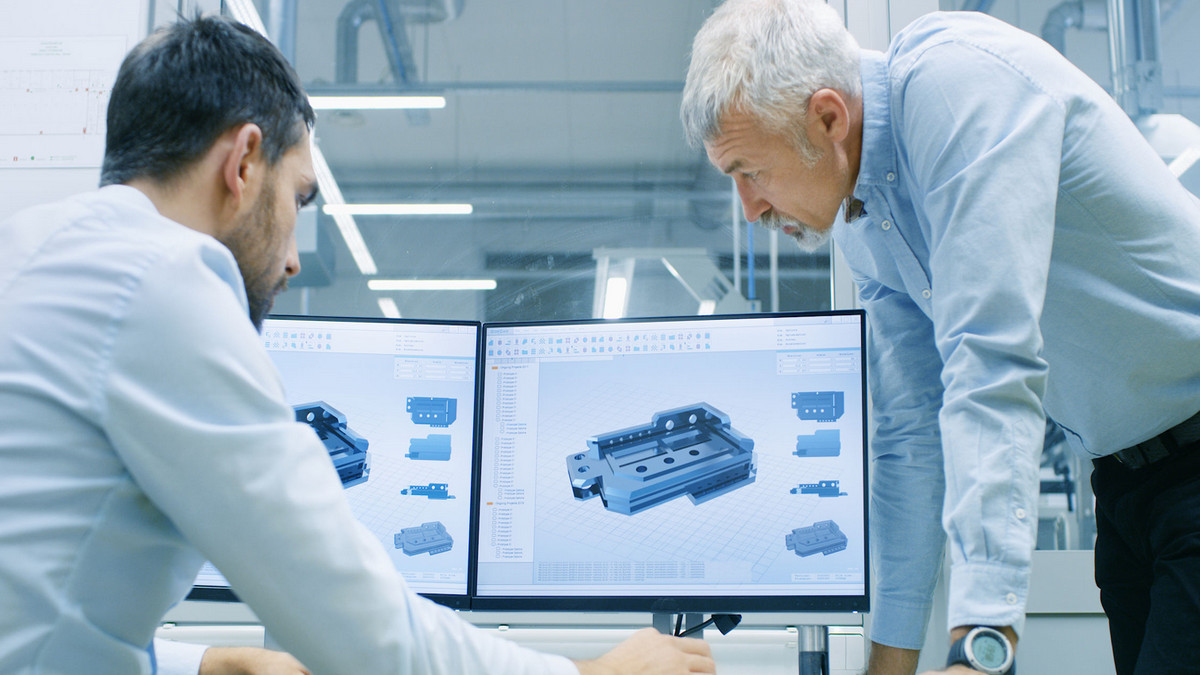

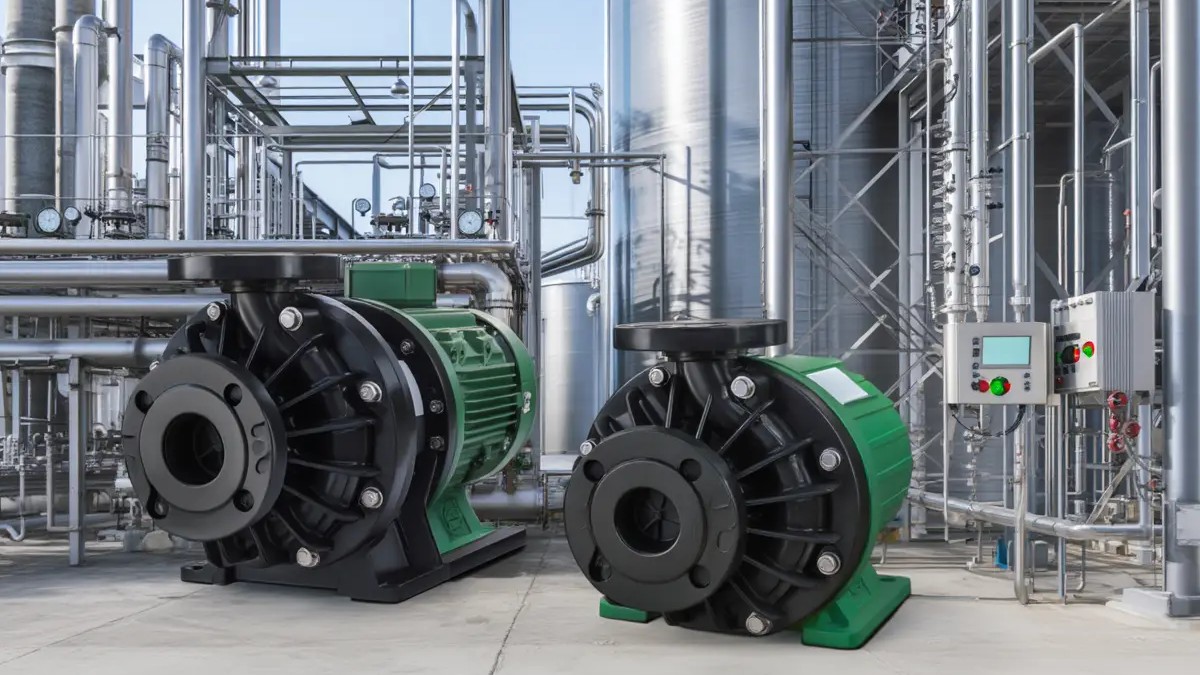
.png)
